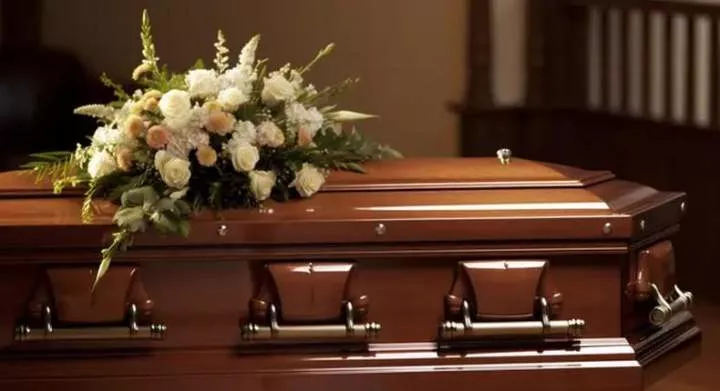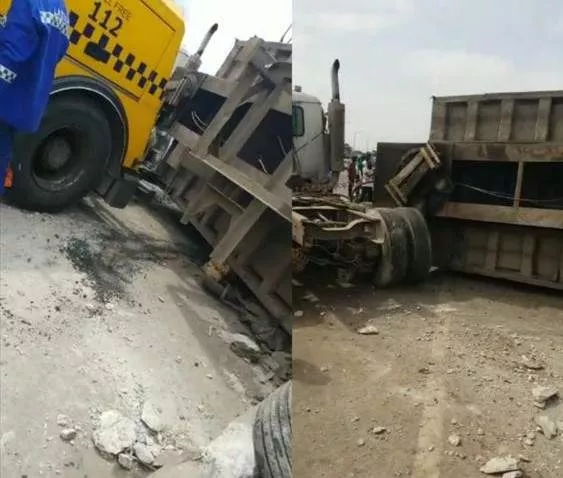
When we lay our loved ones to rest, we often wonder about the longevity of their final resting place: the coffin. The lifespan of a coffin buried underground can vary significantly based on multiple factors such as material, soil conditions, and burial depth. This article explores how long a coffin can remain intact underground in different scenarios.
Material Matters: Types of Coffins and Their Durability
The most significant factor affecting a coffin's durability is its material. Common materials include wood, metal, and biodegradable substances.
Wooden Coffins: Traditional wooden coffins are made from various woods like pine, oak, or mahogany. The longevity of a wooden coffin depends on the type of wood and its treatment. Hardwoods like oak and mahogany, being denser, generally last longer than softer woods like pine. Under typical soil conditions, a solid hardwood coffin might last 15 to 20 years before it starts to degrade significantly due to microbial and fungal activity.
Metal Coffins: Metal coffins, typically made from steel or bronze, offer greater durability. These materials are highly resistant to soil and environmental pressures, with some steel coffins designed to be almost completely corrosion-resistant. A high-quality metal coffin can remain intact for 50 to 80 years or more, depending on the thickness of the metal and the seal's quality.
Biodegradable Coffins: Recently, biodegradable options such as bamboo, wicker, or even cardboard have become popular due to environmental concerns. These materials are designed to decompose quickly, returning the body to the earth within 1 to 5 years.
Environmental Impact: Soil Conditions and Burial Depth
The environment where the coffin is buried also plays a crucial role in its decomposition rate.
Soil Type: Clay-heavy soils can be less oxygen-permeable, slowing decomposition, while sandy or loamy soils with better drainage can accelerate the process. Soil acidity also affects decomposition; more acidic soils tend to increase the rate of material breakdown.
Water Content: High moisture levels can lead to quicker decomposition of organic materials. In areas with high groundwater levels or frequent flooding, wooden and biodegradable coffins may degrade faster.
Burial Depth: Coffins buried deeper than the standard 6 feet (approximately 1.8 meters) are subject to greater pressure and lower oxygen levels, which can slow decomposition. However, increased moisture and cooler temperatures at deeper levels can also preserve some materials longer.
Protective Measures: Vault and Liner Use
Many modern burials now include the use of burial vaults or liners. These enclosures, typically made from concrete, metal, or plastic, are designed to protect the coffin from the weight of the earth and heavy cemetery maintenance equipment.
Burial Vaults: These are designed to prevent the ground above from settling or collapsing and can significantly extend the life of the coffin enclosed within by shielding it from direct soil contact.
Grave Liners: Less durable than burial vaults, grave liners cover the top and sides of the coffin. While they offer less protection, they still help in delaying the coffin's decomposition by reducing direct exposure to soil.
Cultural Practices and Regulations
Different cultures and local regulations may also influence how coffins are buried. Some regions require the use of vaults or specific coffin materials, which can affect the longevity of burial containers.
Conclusion
The question of how long a coffin stays intact underground does not have a one-size-fits-all answer. It is influenced by a myriad of factors from the material of the coffin to the environmental conditions of the burial site. While metal and vault-protected coffins can last for decades, biodegradable options are designed for rapid decomposition, reflecting the growing trend of eco-conscious burials. Understanding these factors can help in making informed decisions about burial choices, aligning them with personal, cultural, and environmental considerations.

















Comments